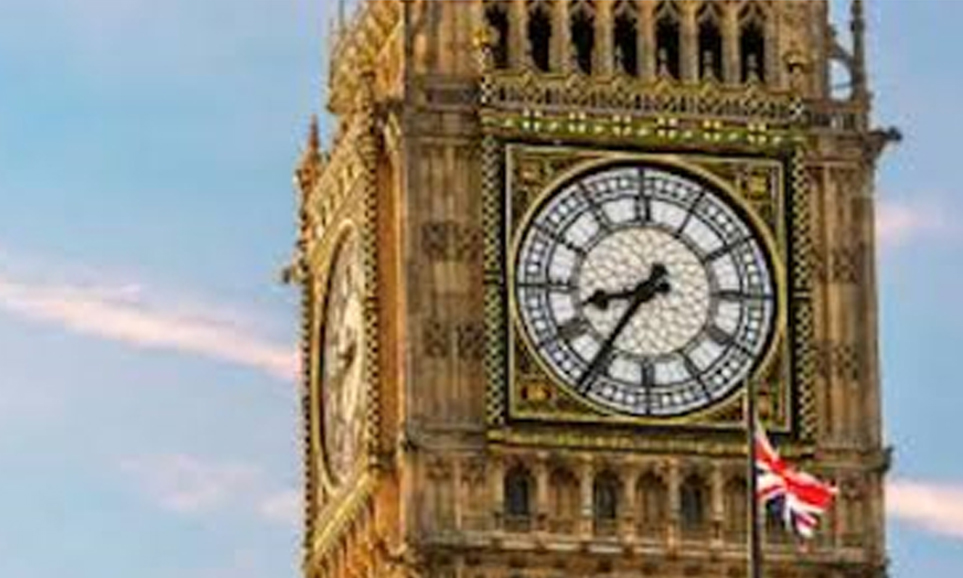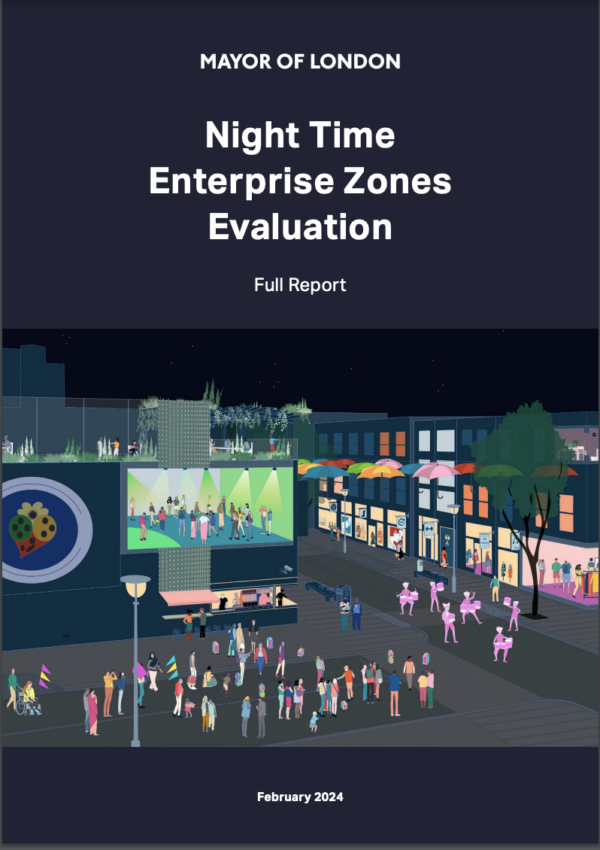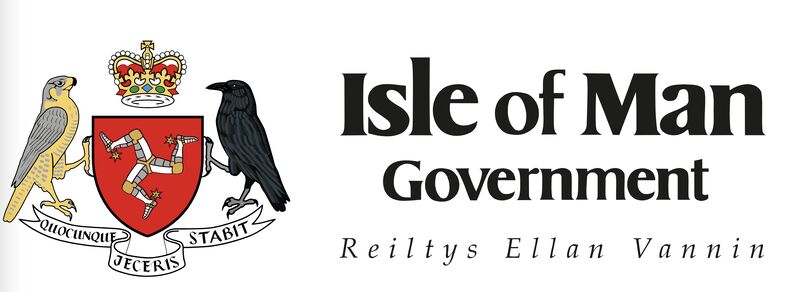
Why Westminster can’t save the UK high street
Guest blog by Bill Grimsey. First appeared in Daily Telegraph on 4th July 2018 when #GrimseyReview2 was launched at the Local Government Association conference in Birmingham, UK. Matthew Hopkinson was a co-author. The review is available to download from our publications site here.
Big levers in Whitehall can’t stop the retail bloodbath, argues Bill Grimsey. It’s going to need more devolution and inspired local leadership to help our town centres survive and thrive
When Eric Garcetti was elected Mayor of Los Angeles in 2013, one of the first things he did was to launch a Great Streets initiative to reimagine the city’s streets, one street at a time. He made it very much a personal mission, speaking passionately about how he’d seen the city’s character deteriorate over the years through the decline of neighbourhoods and poor planning.
So, he threw the full weight of his office behind it and got to work, walking the streets, building key partnerships and directing resources where they were needed. “What quickly became obvious is that people were looking for community,” he said. “People were looking for the good life; for places to meet, shop, to spend time with their families; places where they felt safe.”
This became the holy grail; creating safe, accessible, unique places that serve as community hubs. Streets that can restore and elevate neighbourhoods.
A working group that brought together all city departments set about changing the streets. Parklets and plazas were introduced, businesses were supported and creative design prioritised. In one case they designed the crosswalks to look like keyboards and recruited local drummers, musicians and DJs to fill each of the corners. They even mounted iPads loaded with custom samples on to the light poles so people could make music while waiting for the lights to change. “We’ve ignored the aesthetics of our neighbourhood too often,” Garcetti noted, “but the way a neighbourhood looks and feels has a lot to do with its liveability and vibrancy.”
A vision began to grow and he spoke of wanting to create closer communities and streets where “people go out to eat and fall in love”.
“A great neighbourhood needs a great street as its backbone,” he argued, “and this city needs to have the political backbone to realise that.”
Five years later, the Great Streets initiative is still going and is a good example of the type of local leadership that’s needed to restore the umbilical connection between communities and town centres.
In the course of our research into UK town centres for the second Grimsey Review, I’ve seen over and over again how critical local leadership is to kickstart progress and make things happen. Waiting for guidance from government is a fool’s errand. Decisive action from mayors and local government leaders is what’s needed to create the environment for town centres to adapt to the 21st century.
I saw it in Roeselare, Belgium, where the mayor introduced many of the ideas from our first review in 2013 and created more green spaces, fined landlords who left shops empty, provided cheap rents for new businesses and developed a comprehensive high street plan. It’s been enormously successful with increased employment and footfall and a reduction in shop vacancies.
I’ve seen it in Stockholm where they have the highest number of start-ups per person in Europe. A major contributory factor to this is the public body they established to deliver an enviable fibre-network that ensures all companies and 95% of households are connected. The Mayor of Stockholm describes access to fibre as essential infrastructure comparable with water.
And, closer to home, I’ve seen it in Stockton-on-Tees, where the Council’s chief executive Neil Schneider is creating an impressive community hub with great leisure opportunities and building on the town’s rich heritage.
Government should champion these acts of local vision, supporting best practice as they have done, for example, in Japan by promoting the Machinoeki movement, which has created thousands of human stations. Complete with resting places and information points, they are bringing people together, reducing car dependency and making town centres more liveable by encouraging human interaction.
But in order for a strong local vision to plant deep roots and grow, we need to build local leadership capacity and make devolution go further and faster. That’s why our review is calling for local authorities to be given more powers to have the final say on granting planning permission, prevent land banking and encourage landlords to fill empty shops.
That’s not to say government can wash its hands of responsibility. One of the biggest problems facing town centres is a hated and out-of-date business rates model that needs urgently replacing. Government should also revisit the Localism Act to give it more teeth in the same way ministers recently strengthened the Social Value Act.
But the essential challenge of attracting more people to town centres is one that’s best met with local solutions. And Government should be doing all it can to drive power out of Westminster, support local leaders and ignite the vision needed to make this happen.







Leave a comment: